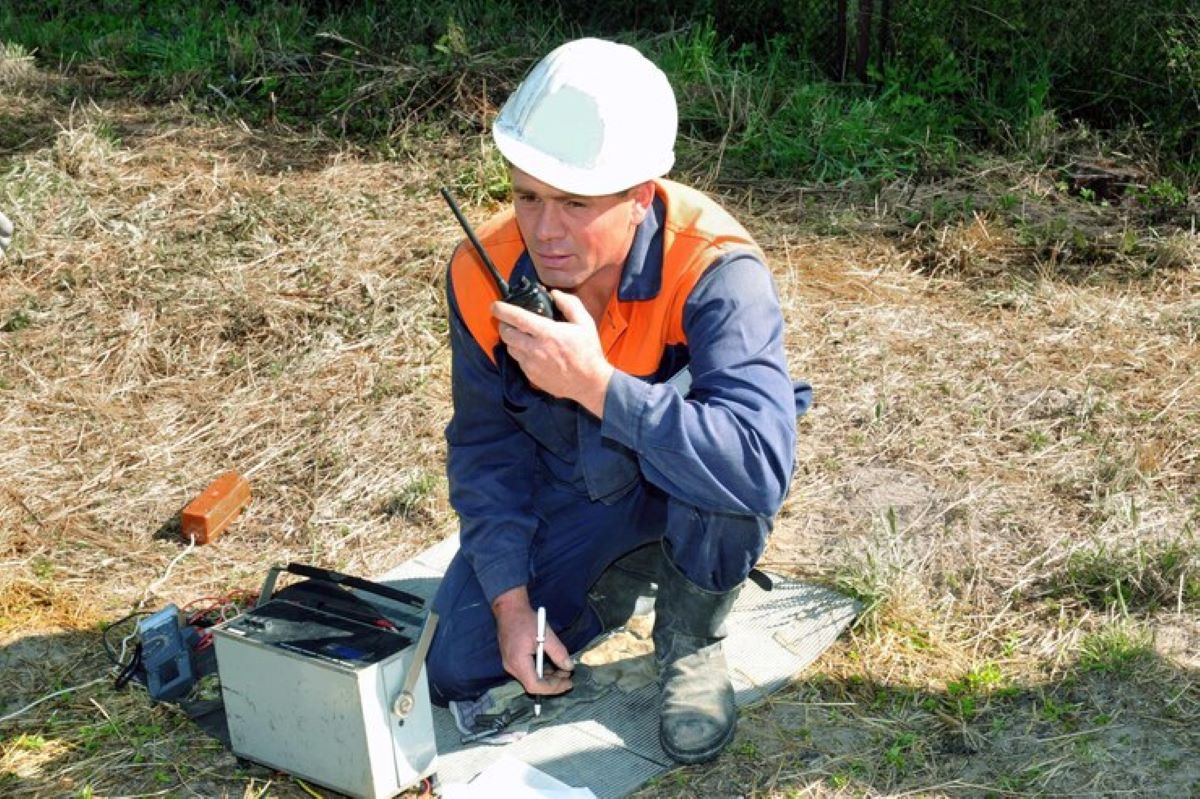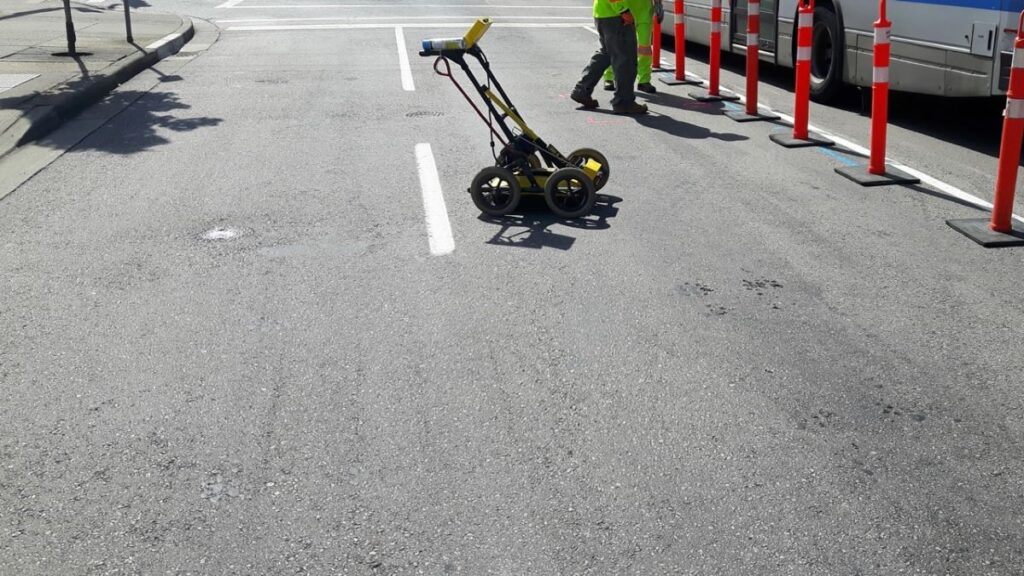How an Underground Utility Locator Prevents Costly Mistakes

In today’s complex infrastructure landscape, the presence of underground utilities poses significant challenges for construction and excavation projects. An underground utility locator plays a crucial role in identifying and mapping these utilities before any ground is broken, thereby mitigating risks and preventing costly mistakes. This article explores the function of these specialists, the risks associated with ignoring utility locations, the process of locating these utilities, the benefits of using locators, and guidance on selecting the appropriate service.
Understanding the Role of an Underground Utility Locator
Underground utility locators are professionals or specialized teams trained to detect and identify the location of underground utilities such as electricity, water, gas, and sewer lines. Their work is essential for ensuring safety and compliance with building codes during excavation activities.
Their expertise comes from a combination of technology, training, and experience. Utilizing advanced tools and techniques, utility locators can accurately delineate the location of various underground assets, which assists in planning construction and excavation projects more effectively.
The Basics of Underground Utility Locators
Understanding how underground utility locator work begins with recognizing the instruments and methodologies they employ. Technologies such as ground-penetrating radar (GPR), electromagnetic induction, and acoustic detection systems are commonly used. Each technique provides insights into the types of utilities present underground and their precise locations.
Additionally, locators rely on data from utility companies, historical records, and geographic information systems (GIS) to create a comprehensive picture of what lies beneath the surface. This coordination is essential to enhance accuracy and ensure the safety of construction projects. The integration of these technologies not only aids in identifying existing utilities but also helps in predicting potential utility conflicts that could arise during excavation, thereby allowing for preemptive measures to be taken.
The Importance of Utility Locators in Construction
The construction industry relies heavily on underground utility locators for several reasons, primarily because damages to utilities can lead to costly interruptions. Utility locators provide crucial information that reduces the chances of hitting lines during excavation, which can result in service outages or hazardous leaks.
Furthermore, employing utility locators can help teams meet regulatory requirements, thus avoiding fines and potential legal issues that may arise from non-compliance. The value of utility locators is evident in how they streamline project planning and execution, minimizing delays and enhancing overall workflow. In addition to these practical benefits, utility locators also play a vital role in promoting environmental sustainability. By preventing accidental damage to underground infrastructure, they help to reduce waste and the need for emergency repairs, which can often disrupt local ecosystems and communities.
Moreover, the presence of skilled utility locators can enhance communication between various stakeholders involved in a construction project. Their insights can facilitate better collaboration among engineers, contractors, and utility companies, ensuring that everyone is on the same page regarding the underground landscape. This collaborative approach not only fosters a safer working environment but also contributes to the overall efficiency of the construction process, ultimately leading to more successful project outcomes.
The Potential Risks of Ignoring Utility Location
Failing to accurately identify underground utilities can lead to catastrophic results. Ignoring this crucial step is not merely an oversight; it can have dire consequences, both in terms of safety and finances.
Construction professionals who bypass utility location services are gambling with much more than time—they’re putting their team, project, and finances at risk. It is essential to recognize and understand these potential risks to make informed decisions during project planning.
Safety Hazards Associated with Undetected Utilities
One of the primary risks of neglecting utility location is the potential for serious safety hazards. Accidental strikes on gas lines can result in explosions or fires, while damaging electrical lines may lead to electrocution. Additionally, hitting water lines can create flooding or destabilize the surrounding area, posing risks to workers on-site.
Beyond the immediate physical dangers, such incidents can disrupt entire communities, resulting in evacuations and emergency responses that further complicate the project at hand. The emotional toll on workers and nearby residents can also be significant, as fear and anxiety about potential accidents can create a tense atmosphere on-site. Furthermore, the repercussions of such accidents can lead to increased scrutiny from regulatory bodies, resulting in more stringent oversight and potential future project delays.
Financial Implications of Unidentified Underground Utilities
The financial consequences of not conducting proper utility location can be staggering. Damaging a single utility line can lead to expensive repairs, fines, and legal costs. These expenses can escalate rapidly, often exceeding the initial investments for professional locator services.
Moreover, the costs associated with project delays due to utility strikes are often compounded by lost revenue, increased labor expenses, and extended rental or equipment costs. The need for thorough utility identification thus presents a compelling argument for investing in an underground utility locator. In addition to direct costs, companies may also face reputational damage, which can hinder future business opportunities. Clients and stakeholders may become wary of engaging with firms that have a history of utility-related incidents, leading to a long-term impact on profitability and growth potential.
The Process of Underground Utility Location
The process of underground utility location generally involves several critical steps and relies on advanced technologies designed to deliver accurate results.
Underground utility locators follow a comprehensive methodology that ensures no detail is overlooked. This organized approach is critical to maintaining efficiency and effectiveness in identifying utilities buried beneath the surface.
The Technology Behind Utility Locators
Modern utility locators have access to a range of advanced technologies. Ground-penetrating radar (GPR) is one of the most effective methods available; it uses electromagnetic waves to visualize underground structures. This technology is especially beneficial for locating non-metallic utilities, which may not be found with traditional electromagnetic tools.
Electromagnetic induction, on the other hand, is particularly useful for tracing metallic lines. This technique uses a transmitter to send a signal through the utility line, which is then picked up by the receiver, allowing the operator to map the utility’s path accurately.
In addition to GPR and electromagnetic induction, acoustic methods are also employed in some scenarios. This technique involves sending sound waves through the ground to detect the presence of underground utilities. Acoustic methods can be particularly effective in identifying the location of water pipes and other fluid-carrying utilities, providing an additional layer of detail to the overall utility mapping process.
Steps Involved in Accurate Utility Location
The process begins with a preliminary survey, including site evaluation and utility identification based on existing records. Once the initial assessments are made, the locator uses the selected technology to accurately map the utilities.
Once the utilities are identified, locators document their findings, providing comprehensive reports and maps. This documentation can be invaluable for future projects and should be preserved for reference by all stakeholders involved.
Furthermore, the importance of communication cannot be overstated in the utility location process. After the mapping is complete, locators often engage with project managers, contractors, and engineers to discuss the findings. This collaborative dialogue ensures that everyone involved is aware of the potential challenges and risks associated with the identified utilities, allowing for better planning and execution of construction or excavation activities. Additionally, ongoing training and updates on technological advancements are essential for utility locators to maintain their expertise and adapt to the evolving landscape of underground utility management.

The Benefits of Using an Underground Utility Locator
Investing in professional underground utility locating services pays off in numerous ways. From minimizing risks to improving workflow, the advantages are substantial and multi-faceted.
Ultimately, the benefits of leveraging these services can transform how construction projects are planned and executed, providing a financial safety net and peace of mind.
Preventing Construction Delays
One of the most significant benefits of using an underground utility locator is the elimination of unexpected delays. By identifying underground utilities accurately, project managers can create more realistic timelines, reducing the potential for setbacks caused by unexpected utility strikes.
Moreover, accurate utility location allows construction teams to work more efficiently, improving overall project delivery and customer satisfaction. In competitive markets, these benefits can set a business apart from its competitors.
Reducing Unforeseen Expenses
As discussed earlier, the financial implications of utility strikes can be substantial. By employing utility locators, teams can substantially reduce the likelihood of encountering these problems, thereby saving on repair costs, fines, and extended project timelines.
Furthermore, the peace of mind that comes from knowing the risks are minimized can allow project stakeholders to focus on other critical aspects of their work. This focus contributes to a smoother and more productive project lifecycle. You may like to get an effective guideline about underground utility please visit https://www.mainroads.wa.gov.au/technical-commercial/technical-library/surveying-and-geospatial-services/underground-utilities-survey-guideline/
Choosing the Right Underground Utility Locator
Selecting the right underground utility locator is vital for ensuring the success of your project. Given the variety of services and technologies available, it is essential to conduct thorough research and assessments before making a decision.
Factors such as experience, technology used, and reputation in the industry can drastically affect the quality of service you receive. Therefore, meticulous attention to these aspects cannot be overstated.
Key Features to Consider
When evaluating potential underground utility locators, consider their track record of success, the technology they use, and whether they provide comprehensive reports post-survey. It is also worth considering customer reviews and testimonials, which can shed light on their reliability and quality of service.
Furthermore, inquire about their response times and how they handle emergencies, as prompt service can significantly influence project timelines and outcomes.

Understanding Different Types of Utility Locators
Utility locators come in various forms, from single-operator services to larger companies with specialized teams. Understanding what each type can offer is crucial in selecting the right one for your project.
Smaller, independent companies may provide a more personalized service, while larger firms might offer a broader range of technologies and experience. Depending on your project’s needs, the choice between these options could significantly impact the service quality and efficiency.
In conclusion, an underground utility locator is an invaluable resource in the construction and excavation industries. By understanding their role, recognizing the risks of neglecting utility location, and leveraging their expertise, project managers can avoid costly mistakes and assure the success of their endeavors.
More to Read : Why You Should Use Underground Scanning Services Before Digging

Leave a Reply